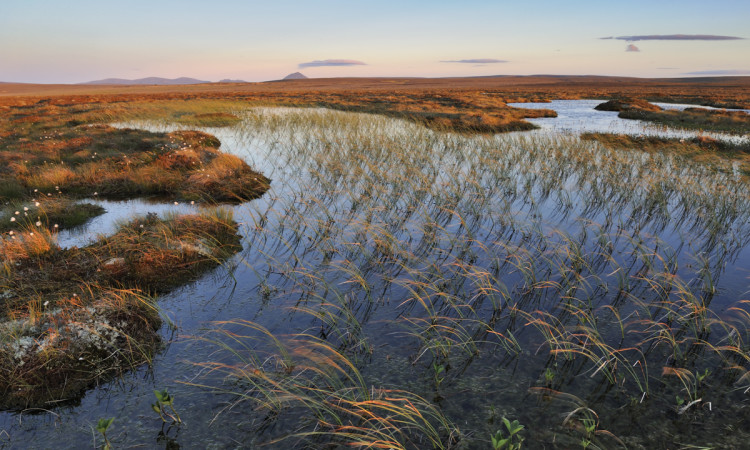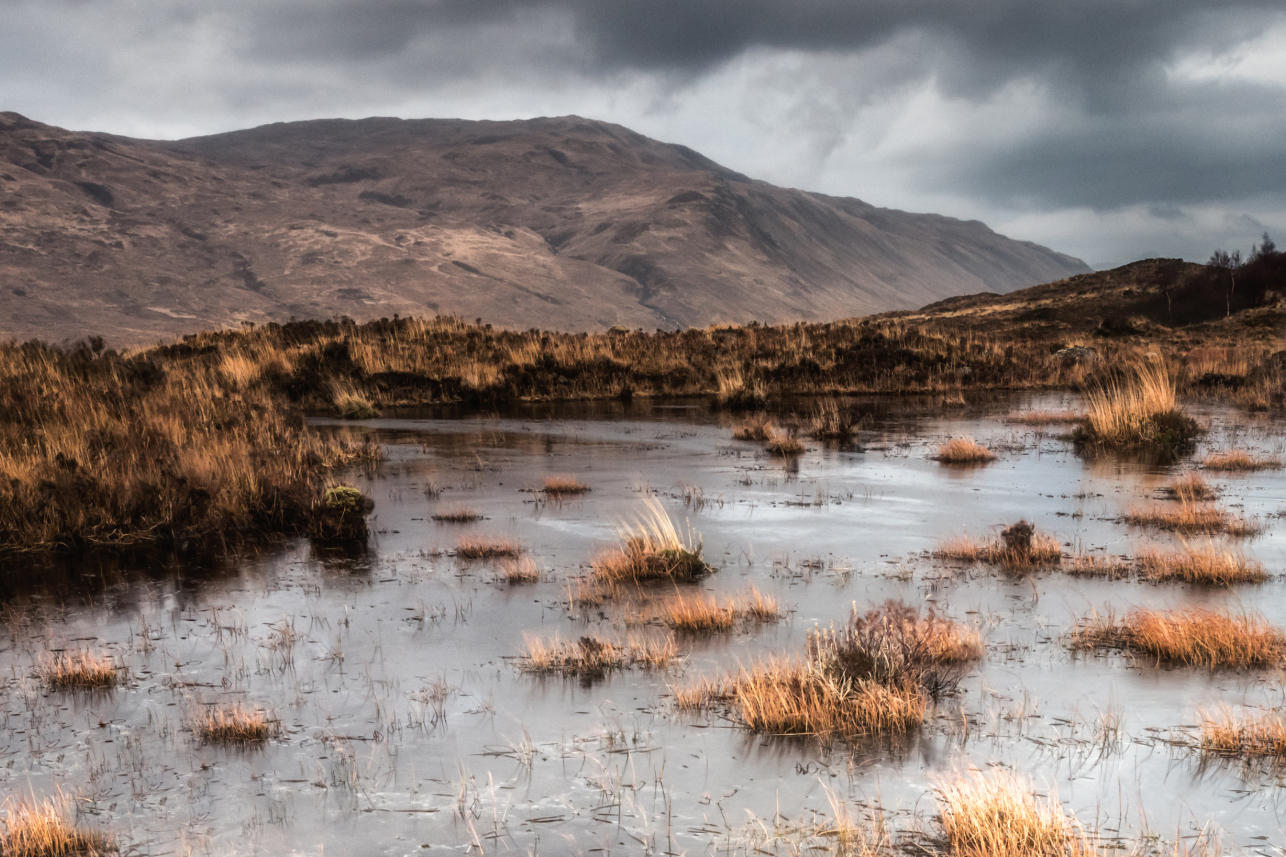Published:
7 Apr 2022
What's in a bog?
Five discoveries-in-waiting for the keen-eyed bog traveller
-
Carnivorous plants
Peat bogs are generally acidic and low in nutrients so plants have evolved to get their vitamins and minerals in a different way. Bog-loving sundews, butterworts and bladderworts trap insects in novel ways and digest them for their natural goodness.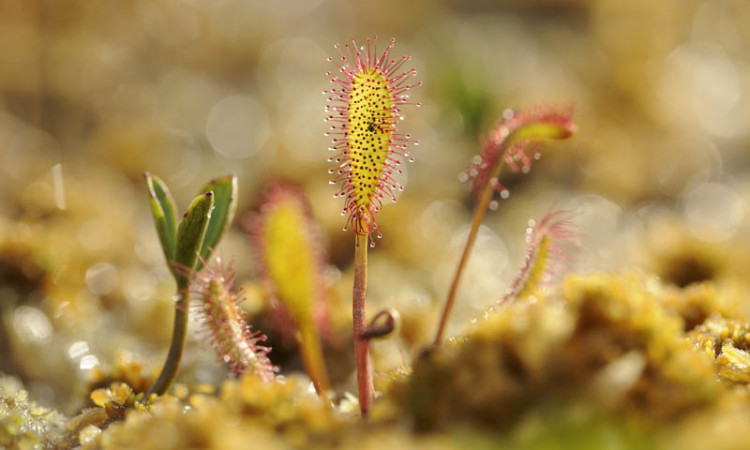 ^Oblong-leaved sundew (Drosera intermedia) (Image: Lorne Gill/SNH/2020VISION)
^Oblong-leaved sundew (Drosera intermedia) (Image: Lorne Gill/SNH/2020VISION) -
Ancient trees
The remains of trees, including pine and oak thousands of years old, have been revealed in bogs and fens across Britain, a tale of the past when woodland thrived in now-treeless landscapes before changes in climate and human activity prompted their demise.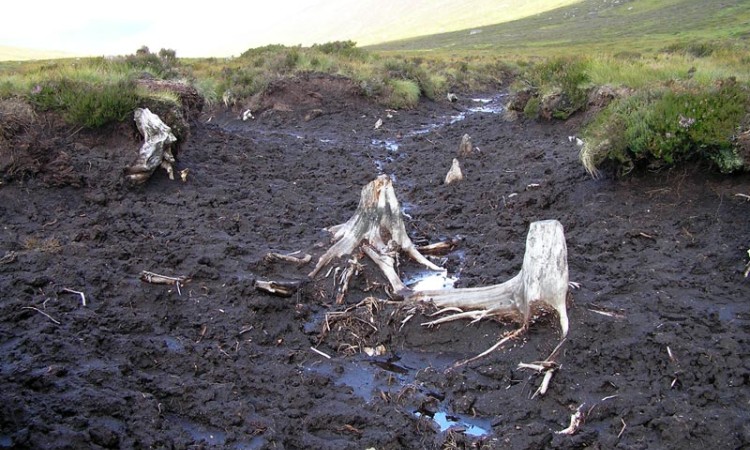 ^Remains of ancient trees in peat near Corrour (Image: Creative Commons)
^Remains of ancient trees in peat near Corrour (Image: Creative Commons) -
Flights of fancy
Peatlands are crucial places for the congregation of birds including breeding wader birds such as golden plover (below), dunlin, green shank and Arctic Skua, and raptors on the hunt, including hen harrier, short-eared owl and golden eagle. Dragonflies, damsel-flies, mosquitoes and other insects may all be spied.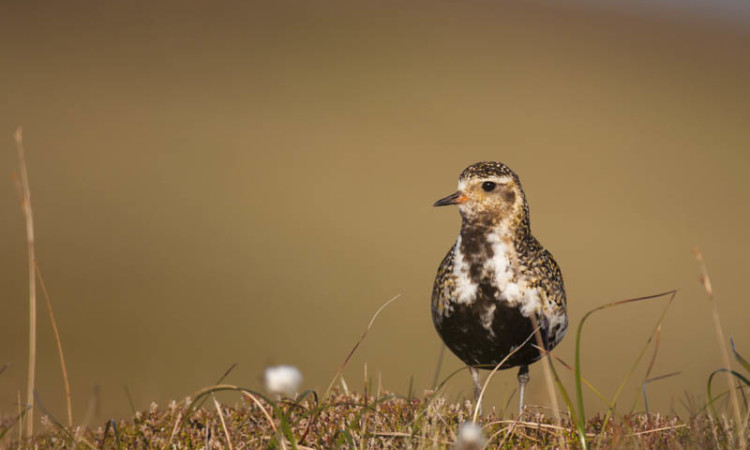 ^Golden Plover (Image: Andrew Parkinson/2020VISION)
^Golden Plover (Image: Andrew Parkinson/2020VISION) -
Bog bodies
Peatlands have proved perfect preservers of dead people. Human sacrifices and wealthy princes have been uncovered in bogs across the world, mostly in northern Europe. The oldest is Koelbjerg Man who lived in Denmark 10,000 years ago. Cashel Man, found near Cashel in Ireland, died around 2,000 BC. Lindow Man, found in Lindow Moss in Cheshire, was probably alive just before the Romans came around 2BC. -
Bog moss and berries
Spectacular sphagnum mosses (pictured below) and wispy cottongrass are the most common plant of the peatlands. But healthy bogs can be a feast of tasty berries such as bearberry, crowberry and bog bilberry. Fungi is a feature of healthy peatlands, as mycorrhizae under the surface and as visible mushrooms and lichen. More than 600 species of fungi have been recorded in bogs and fens in the Northern Hemisphere.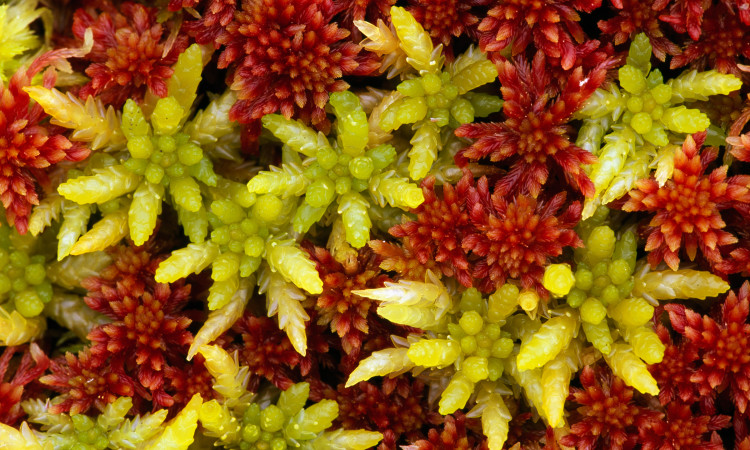 ^Sphagnum moss, one of the key building-blocks of peat soil
^Sphagnum moss, one of the key building-blocks of peat soil
All about Peatlands
Discover interesting facts about these waterlogged ecosystems in our useful guide
Explore peatlands